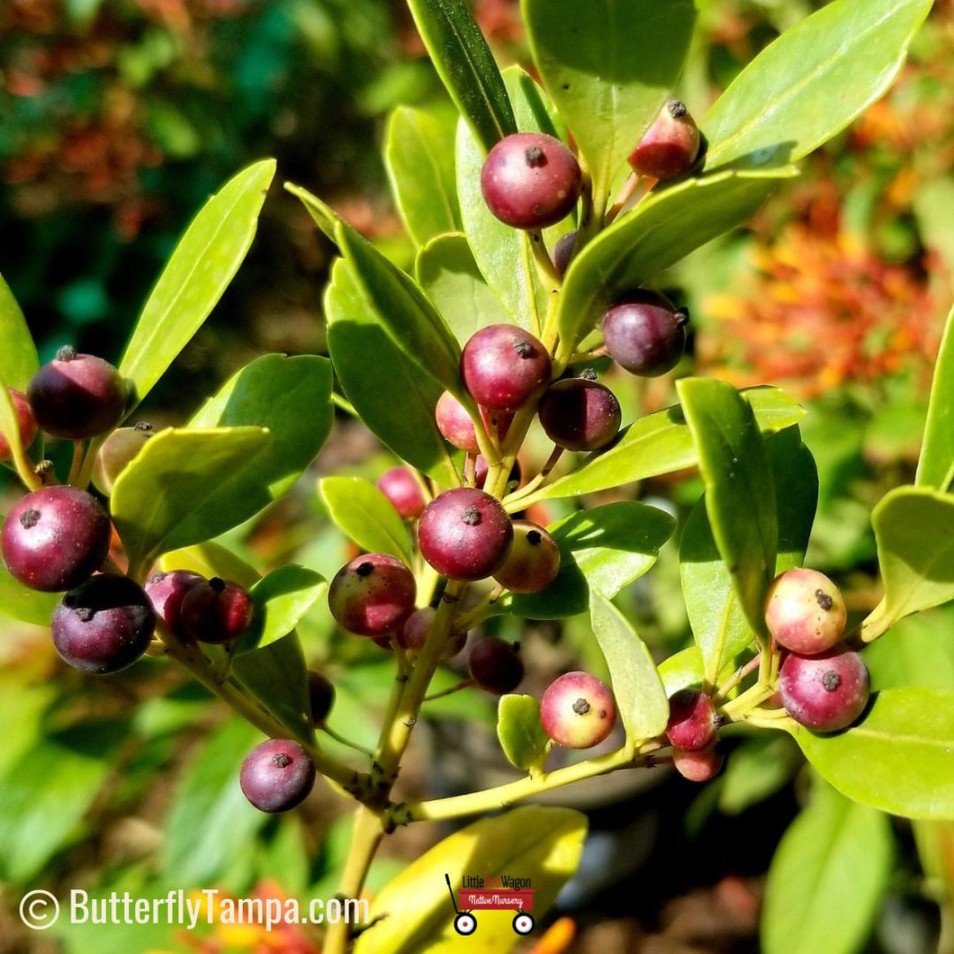Inkberry: A Hardy Shrub for Year-Round Interest
Inkberry, scientifically known as Ilex glabra, is a versatile and low-maintenance shrub that offers year-round interest to your garden. This hardy plant is native to the eastern United States and Canada, making it well-suited to various climates.

Key Features of Inkberry:
Evergreen foliage: Inkberry retains its dark green, glossy leaves throughout the year, providing a lush backdrop for other plants.
Tolerant to shade: This shrub thrives in both full sun and partial shade, making it ideal for various garden locations.
Drought-tolerant: Once established, inkberry requires minimal watering, making it a great choice for water-wise gardens.
Pest and disease resistant: This hardy plant is generally resistant to common pests and diseases, reducing the need for chemical treatments.
Attractive berries: In the fall, inkberry produces clusters of dark blue or black berries that are a favorite of birds.

Cultivation and Care:
Inkberry is relatively easy to grow and care for. Here are some tips for successful cultivation:

Planting: Plant inkberry in well-drained soil. It prefers acidic soil but can tolerate slightly alkaline conditions.
Watering: Water regularly, especially during dry periods, until the plant is established. Once mature, it requires minimal watering.
Pruning: Inkberry can be pruned to shape and size as needed. Pruning is best done in late winter or early spring.
Fertilizing: While not essential, fertilizing with a slow-release fertilizer in early spring can promote healthy growth.
Landscape Uses:

Inkberry is a versatile shrub that can be used in various landscape settings. Here are some popular uses:
Foundation plantings: Use inkberry to create a low-maintenance foundation planting around your home.
Hedging: Train inkberry into a formal or informal hedge to define garden boundaries.
Mass plantings: Plant inkberry in groups to create a bold, evergreen statement.
Wildlife gardens: Inkberry’s berries provide food for birds, making it a valuable addition to wildlife gardens.
Conclusion
Inkberry is a reliable and attractive shrub that offers year-round interest to your garden. Its low-maintenance nature, tolerance to various conditions, and ability to attract wildlife make it a popular choice among gardeners. Whether you’re a seasoned gardener or a beginner, inkberry is a great option to consider for your landscape.

